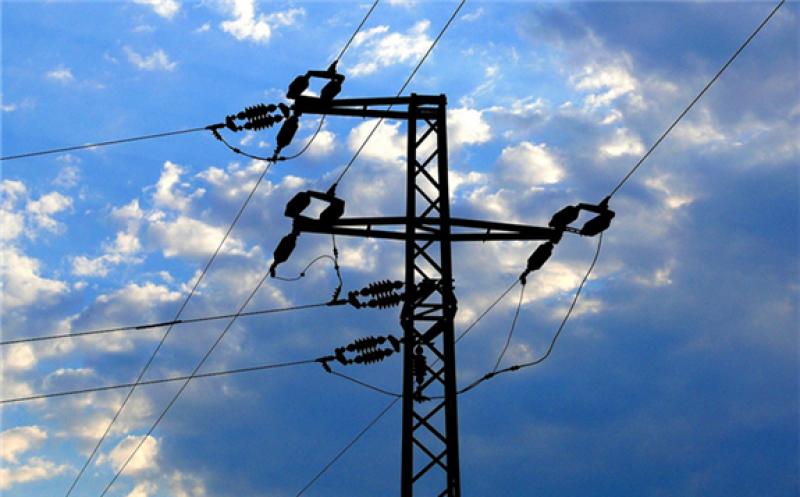The study has shown that higher power prices have been sparked by the combination of 2021’s colder weather; a reduced contribution from wind and solar sources; conventional plant unavailability; and new Brexit trading arrangements that have resulted in tight margins in electricity markets in Britain and Ireland and the adjacent markets of France, Belgium, and the Netherlands.

National Grid ESO issued electricity margin notices for the UK on Wednesday and Thursday last week and an automated capacity mechanism notice was issued on Friday.
Meanwhile in France, Réseau de Transport d’Électricité, the transmission system operator, issued a warning on Thursday night asking consumers to postpone doing their laundry and turn down their heating as it declared a “red alert” on the French grid for Friday morning.
At the same time in Ireland, the operator of the single electricity market declared a number of “amber alerts” during the week as the margins on the island ran low and high prices in the British Isles moved power across cables from Ireland into the UK.
The lower temperatures and reduced wind output led to a reduction in available generation when demand was high. In these periods, more expensive generation comes online due to several trading venues with record-setting prices.
EnAppSys director Phil Hewitt said: “High prices at times of system stress are a good thing as they encourage the building of new assets and the development of innovations, such as demand response, that allow the electricity system to decarbonise.
“In the future, prices will become more extreme at certain points – either super-high prices like this week or super-low prices when renewables are running at maximum output and this will encourage solutions via the market to smooth generation and demand.”
Brexit has also had an impact on power prices as new trading arrangements have come into effect from 1 January, which has caused prices to reach more peaks than usual. Market participants have had to adjust to the new trading arrangements on interconnectors and these changes have driven some of the pricing behaviour.
According to the research, in the pre-Brexit market arrangements, interconnectors into Ireland were better used and scheduled earlier in the day.
The UK market set a record at the day-ahead level of slightly more than £1,000 on Wednesday, followed by system imbalance price highs of £4,000 on Friday evening (equivalent to 400p a unit).
The high prices were caused by some power stations being the last resort for balancing the system and charging a significant scarcity premium. These extreme prices are very infrequent; the last time the system price reached this level was in 2001.
In a similar weather-influenced trend, there has been a rise in small and medium enterprise (SME) gas and electricity prices across the UK, reported by last week’s SME Power and Gas markets reports from English market researcher Cornwall Insight.
UK day-ahead gas prices rose by 159% to 37.75p/th, finding support from declining temperatures, alongside 20-month high liquified natural gas prices caused by adverse weather from August to November. This marked the first time that SME power prices have risen since 2018, following five consecutive quarters of price reductions.
This article is reproduced at www.power-technology.com